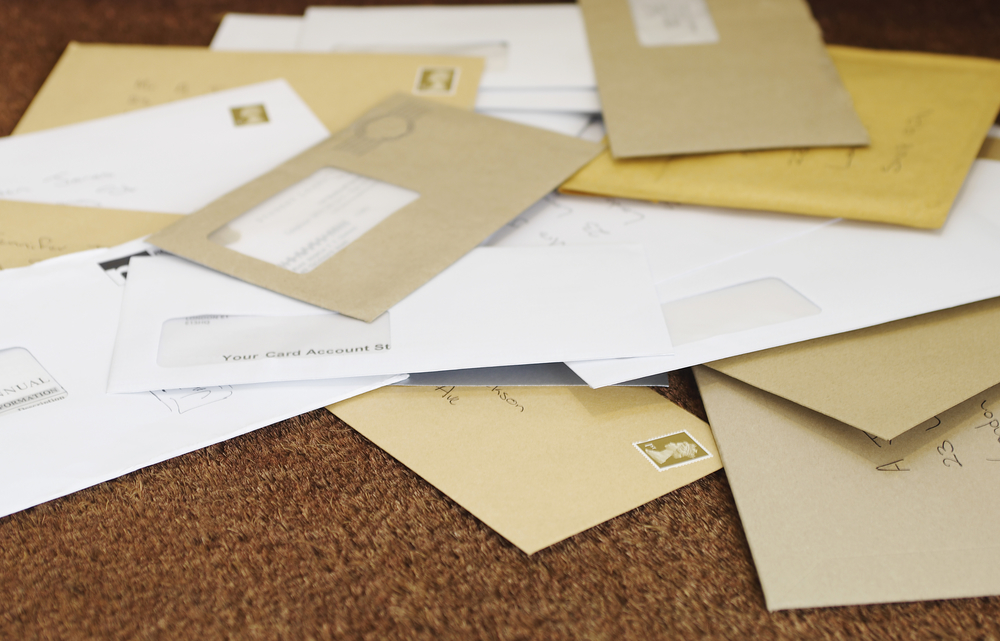

We all know those five numbers at the end of our addresses: zip codes. Even though we jot down zip codes as part of our addresses almost every single day, there’s a lot the average person doesn’t know about them! For example, did you know the US Postal Service introduced them in 1963 and that there are nearly 42,000 of them in the Postal Service’s network now? Let’s break down the science behind these numbers, and why they are so important for shipping and mailing correctly.
Table of Contents
- What the Five Digits in Zip Codes Stand For
- What About the Four Extra Numbers at the End?
- Don’t Forget the Zip Codes—Ever!
What the Five Digits in Zip Codes Stand For
Believe it or not, the five numbers that comprise zip codes hold more meaning than meets the eye. We’ve broken it all down for you here:
- The first number of the 5 digits represents certain groups of states
- The second and third number represents the US Postal Service’s regional “sorting center” within that group
- The fourth and fifth numbers represent the unique Post Office within that region
When combined, the five digits in a zip code essentially point to the exact Post Office that delivers to the address you’re shipping to!
What About the Four Extra Numbers at the End?
We’ve all seen those four extra digits at the end of a zip code, and many often wonder what their purpose is. In 1983, USPS introduced an additional four numbers at the end of zip codes in order to allow their systems to pinpoint exact delivery points. They called these extra four digits Zip+4. Theoretically, if USPS has a zip code and these four numbers, they won’t even need to know the full address to make an accurate delivery! That being said, we do not advocate omitting the address information and solely relying on Zip+4 just yet. The world isn’t quite ready for address-less addresses…although USPS may have something brewing in their top-secret labs.
Here’s something to keep in mind: every address in the entire country has a unique Zip+4. Even yours. You simply can’t have the same Zip+4 with any other delivery point. For example, two PO Boxes in the same Post Office will have different Zip+4 sequences.
Don’t Forget the Zip Codes—Ever!
If there’s one thing you take away from this article, it’s to never forget the zip code! Seriously. It could be a disaster. A letter or parcel without a zip code is highly likely to never reach its intended destination. This is because of how the US Postal Service’s automated systems process residential addresses.
Here’s what we mean: USPS’ systems “read” addresses from the bottom up. The first line their machines “see” is the city, state, and—you guessed it—the zip code. If any of this information is incorrect, the street address alone isn’t enough to solve the problem. Think about it… there are probably a gazillion “1234 Main Street” locations across the country. Without the correct zip code, USPS might not have any idea where a piece of mail or a package is supposed to go. In fact, they officially warn the public that letters and parcels “could be delayed or misrouted.” No one wants that…trust us.


Please I need united kingdom postal code/zip code
Postal code for united kingdom
Salah
Code postal
Neman
Please zip code send
Shyheed
Packages today mailbox
Hasham khan
I want to you business amazon seller central
Kelly jenner
Ok I so sorry for my mistake to give emoji like that🥺❤️
Kelly jenner
I see I need to learn more but keep slow 🥺 because I have slow learner 🥺 and I try my best I hope help me🥺💝💝
Diana Robert
Please, i need a strong zip code digit. for USA. Florida. I forget my zip code digit. Please, need your help.
Saroj sunar
United state postal code
Emmanuel
I need poster code now
Shahzaib
Post cod
Krisna Caipaer
In the United States, ZIP Codes make it much easier to sort letters down to a specific street address or apartment. This also cuts down on transit time and improves delivery efficiency.
jamiel p. dimala
i need postal code
jamiel p. dimala
i need postal code in uniated state
John Susan
I need zip code number now